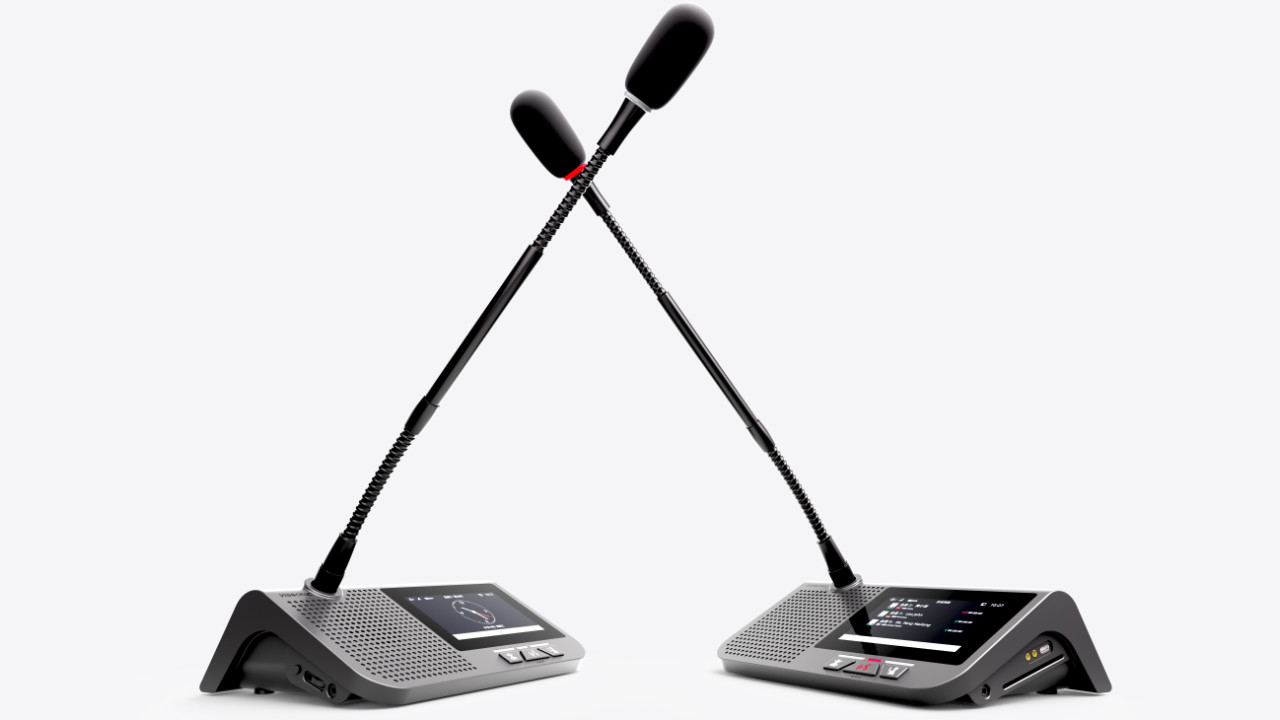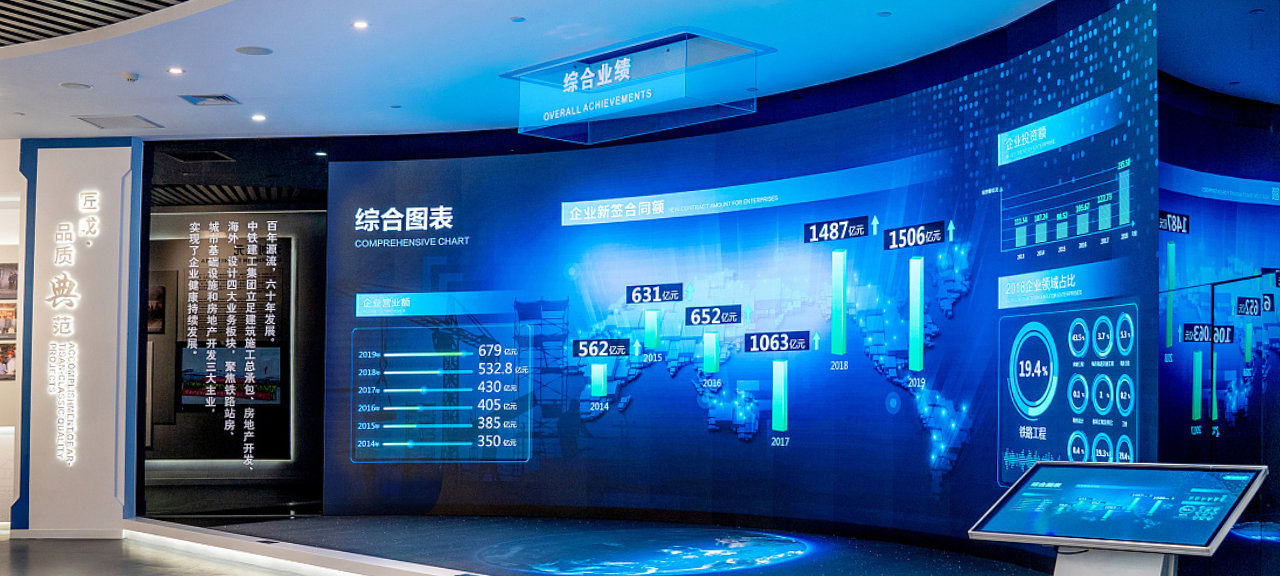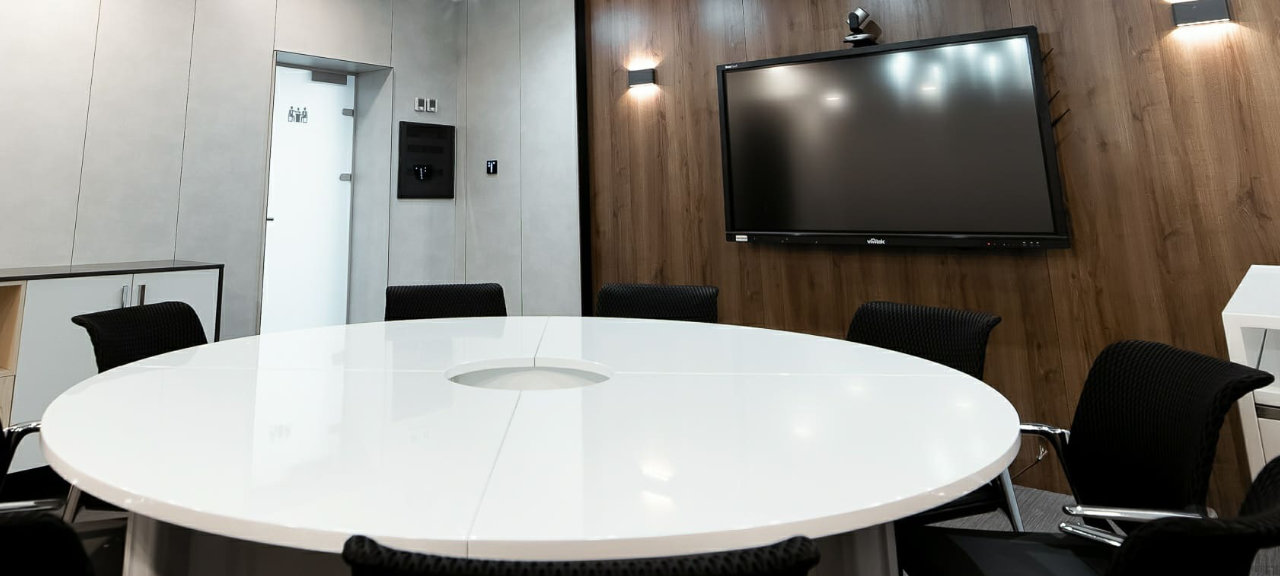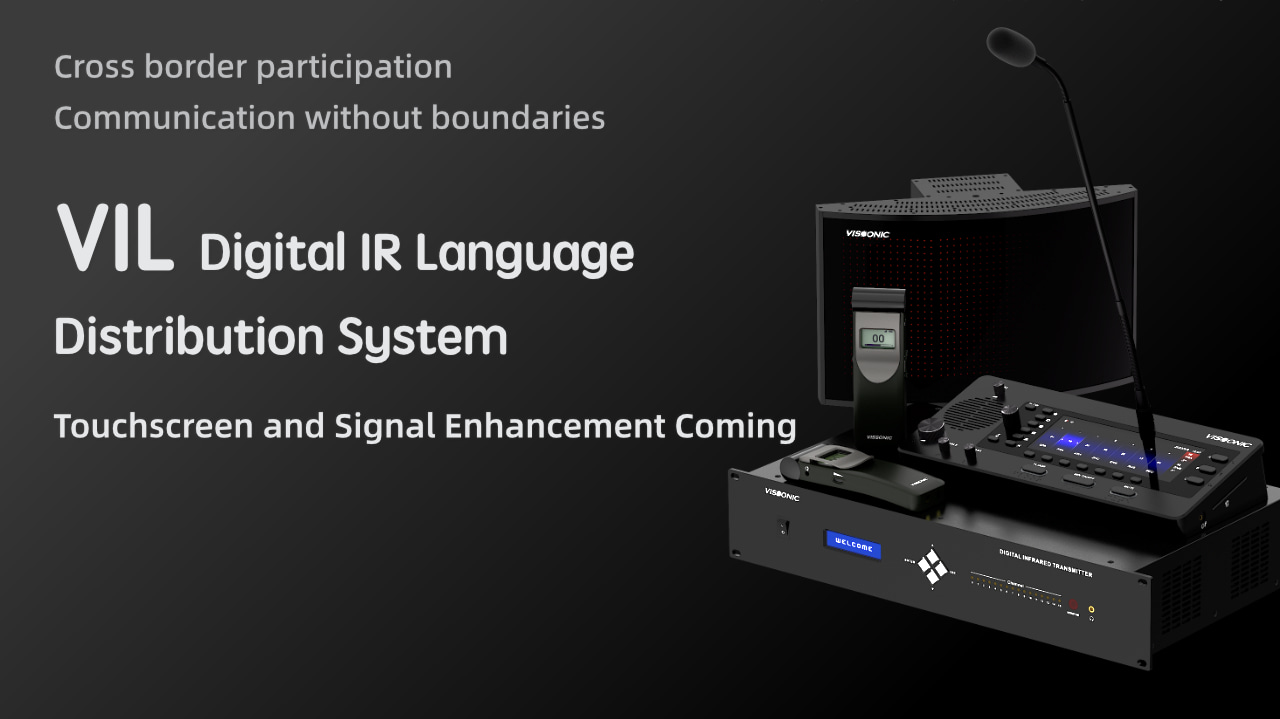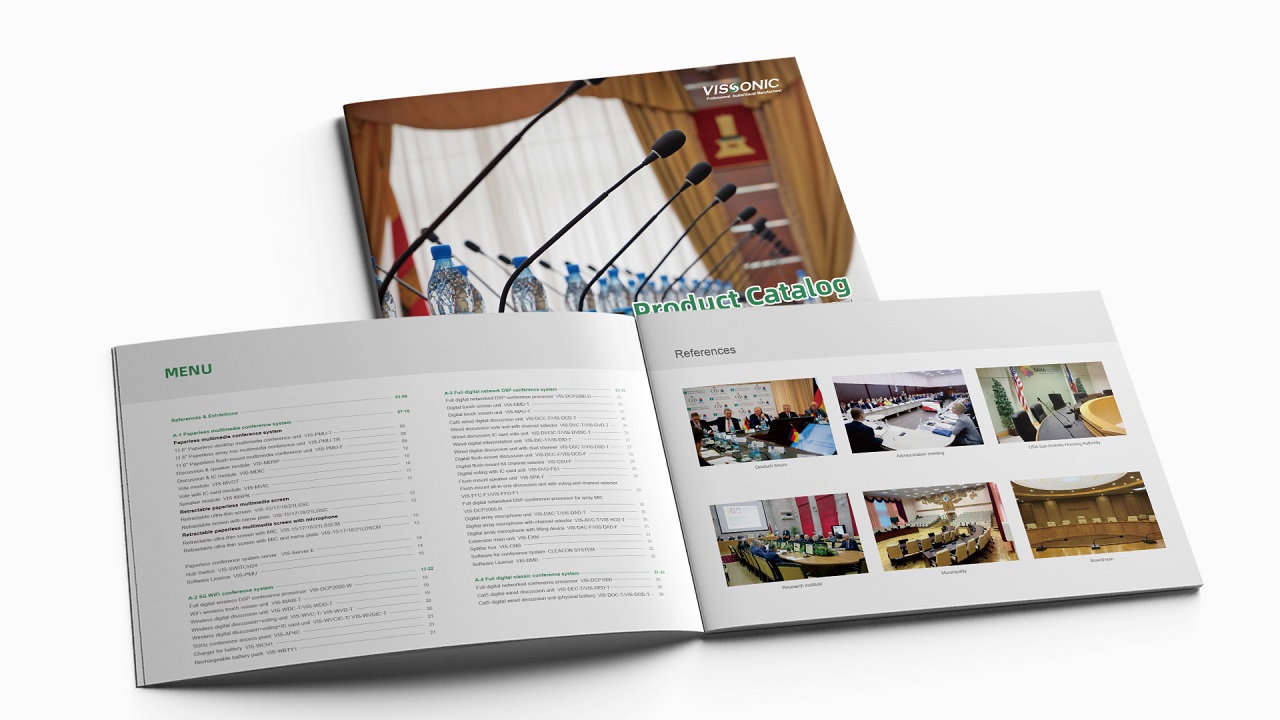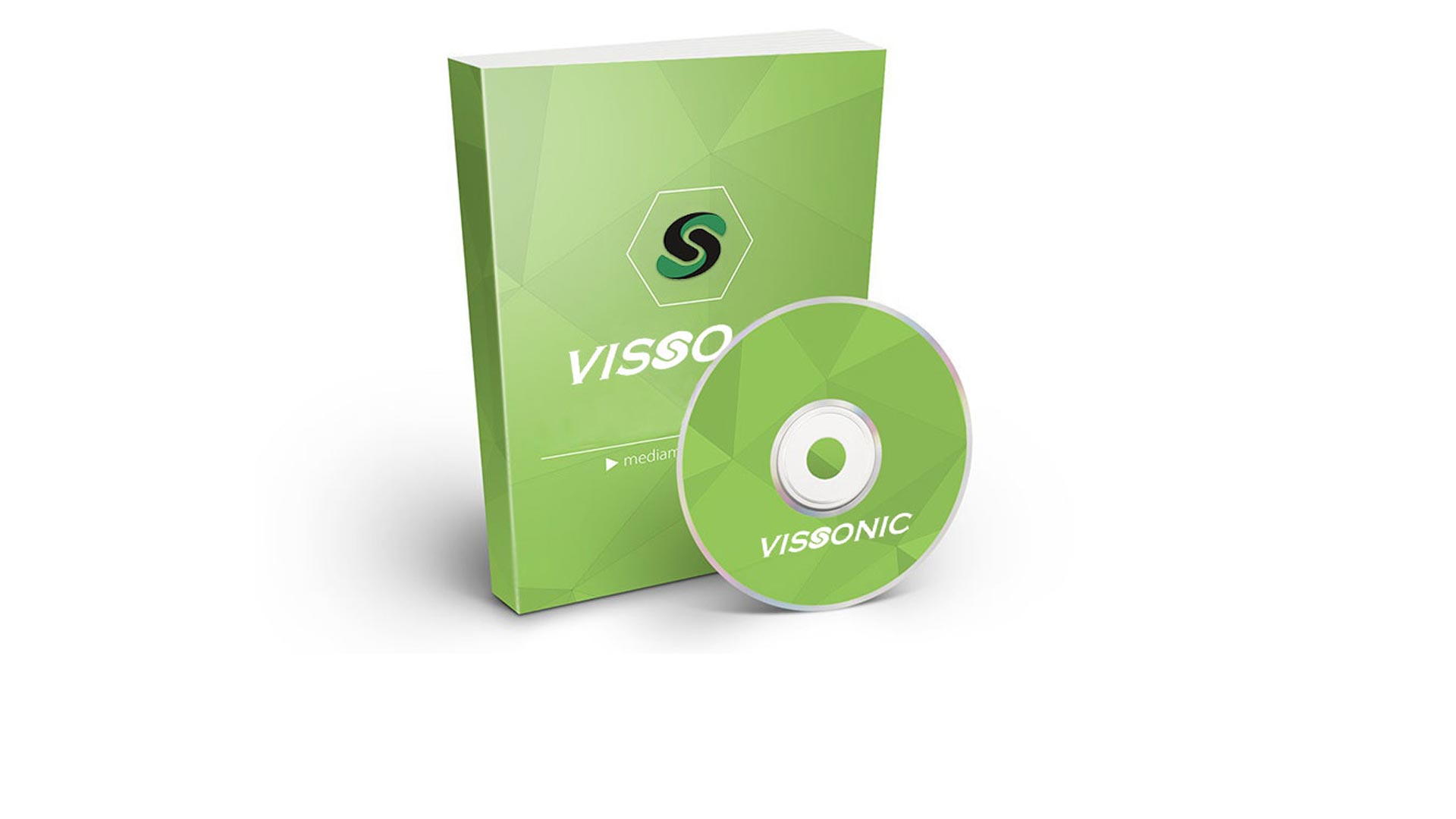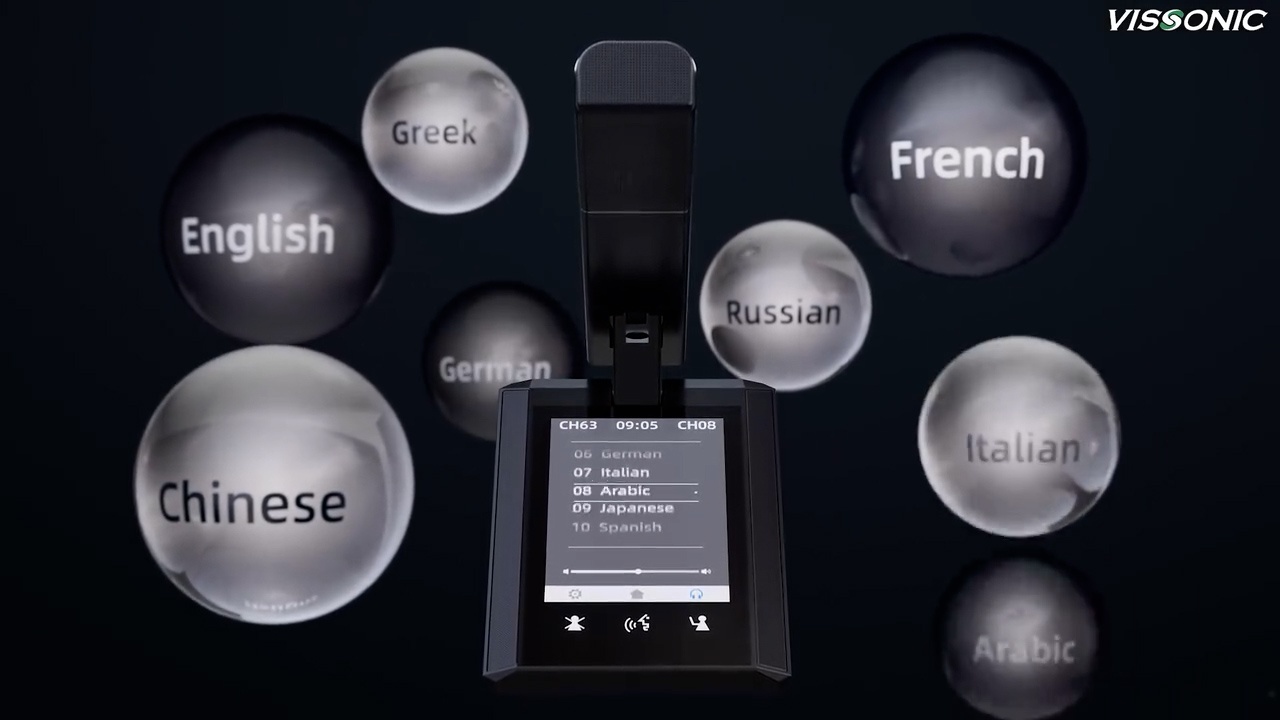What is an Audio Conference System?
An audio conference system is a communication tool that enables people in different locations to hold meetings, discussions, and collaborations remotely using audio technology. These systems have become vital for businesses, educational institutions, and even social gatherings, allowing participants to connect without needing to be physically present. As remote work and global business collaborations grow, understanding audio conferencing technology can help optimize communication and enhance productivity.
How Does an Audio Conference System Work?
At its core, an audio conference system works by transmitting voice signals between multiple users over a digital network. This network can be a telephone line, the internet, or a dedicated intranet. Typically, users dial into a conference line via phone or connect through a web-based platform. The system then encodes and transmits their voices, allowing everyone to hear and respond in real time. Modern systems often come with additional features like noise cancellation, recording, and even integration with video conferencing platforms.
VISSONIC CLEACON V1 Wireless Microphones in Palazzo San Giorgio in Italy
Types of Audio Conference Systems
There are several types of audio conference systems, each suited to different needs and setups. Here are the primary types:
1. Teleconference Systems - Traditional teleconference systems use phone lines and are generally very accessible, as they don’t require high-speed internet. These systems are straightforward, often involving a toll-free number and a passcode.
2. VoIP (Voice over Internet Protocol) Systems - VoIP technology allows audio conferencing through the internet. Platforms like Skype, Zoom, and Microsoft Teams offer high-quality VoIP audio conferencing, typically bundled with video and chat functionalities.
3. Integrated Audio Systems - These systems combine audio, video, and presentation capabilities, often used in corporate boardrooms or classrooms for a seamless conferencing experience.
Key Features of an Effective Audio Conference System
An efficient audio conference system includes various features designed to improve clarity, accessibility, and overall user experience. Here are a few of the essential ones:
1. Echo Cancellation and Noise Reduction - Echo and background noise can disrupt a meeting. Most quality audio systems now feature advanced echo cancellation and noise reduction to maintain clear sound quality.
2. Mute and Unmute Functionality - Mute functions allow users to silence their microphones when not speaking, reducing background noise. In large meetings, this is especially helpful for maintaining order.
3. Recording Capability - Recording meetings allows participants to revisit important points and is beneficial for people who couldn’t attend live. Some systems also offer transcription options for easier note-taking.
4. Easy Accessibility and User-Friendly Interface - A user-friendly interface is essential for any effective audio conferencing system, allowing participants to easily join meetings, adjust settings, and access additional features.
Benefits of Using an Audio Conference System
Audio conferencing offers numerous benefits, making it a popular choice for organizations of all sizes. Some key benefits include:
1. Cost Savings - By eliminating the need for travel, audio conferencing helps businesses save money on travel-related expenses. Remote participation also saves time, leading to increased productivity.
2. Increased Flexibility - Audio conferencing makes it easy to connect people from different time zones and locations, which is essential in a globalized business world. It also supports the growing trend of remote work.
3. Quick and Efficient Communication - In cases where visual communication isn’t necessary, audio conferencing is a quicker and more efficient way to facilitate discussions than video-based alternatives.
Common Questions About Audio Conference Systems
1. What is the difference between audio and video conferencing?
Audio conferencing involves only voice communication, whereas video conferencing includes both video and audio. Video conferencing is beneficial for presentations or visual aids, while audio conferencing is often used for quicker discussions.
2. Can I use an audio conference system without an internet connection?
Yes, traditional teleconference systems work via phone lines and don’t require an internet connection. VoIP systems, however, do require internet access.
3. How secure are audio conference systems?
Many systems offer security features like encryption, access codes, and permissions management to prevent unauthorized access. Choosing a reputable service provider can enhance security.
4. Do I need special equipment for audio conferencing?
Generally, you need a device with a microphone and speakers, such as a phone, computer, or dedicated conference equipment. Quality headphones and a microphone can improve clarity.
In conclusion, an audio conference system is an effective tool for connecting teams, fostering communication, and enhancing productivity across distances. By understanding the different types, features, and benefits, you can choose the right system to meet your needs and ensure successful meetings, no matter where participants are located.
VISSONIC insists on providing you with easy-to-manage audio conferencing solutions, simple and flexible products, timely technical support, and the latest technology and product trends!

